Fun facts
245 articles
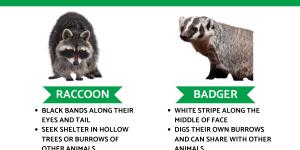
Both terrestrial mammals with similar markings, raccoons and badgers have certain differences with which we can easily distinguish them. These differences can be seen in their physical appearance, but also in factors such as habitat and behavior. For example, raccoons have black markings around their eyes,...
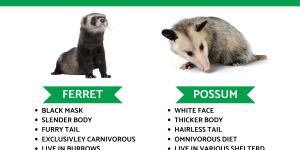
The ferret and the possum are different species, but they share similarities which mean some of us may confuse one for the other. They are both mammals that have slender bodies and narrowed faces. Their markings will depend on species, but they can both have dark and light patches on different parts of...

Uranus is the seventh planet away from the Sun and the closest it an ever be to our own planet Earth is 1.6 billion miles. Despite such a long distance away, you might be surprised how much astronomers are able to know about this ice giant of a planet. The information we have is not only vast, but it is...
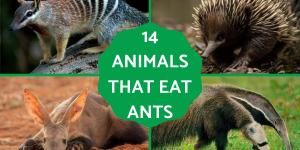
Myrmecophagous animals are those which eat ants or termites, especially if these insects constitute the majority of their diet. This can be used to contrast with insectivores which eat different kinds of insects in a more generalized way. Some insectivores may carry out myrmecophagy opportunistically,...

World Animal Day is celebrated on the 4th October every year. It is an event in honor of both the wild animals which are so essential to our global ecosystems, as well as the companion and working animals with which we share our lives. Not only is it designed to celebrate the beauty of these animals,...

A turtle is known for its shell, from which its body emerges. Despite this hard carapace which it used for shelter and protection, the turtle anatomy include the body parts we expect from most reptiles. These include a head, legs and a tail. While all turtles will have the same basic body parts, some...

Camels and dromedaries are often confused for one another, but these two animals, while closely related, have distinct characteristics that set them apart. Both are well-adapted to harsh desert environments, yet their physical differences, habitats, and uses throughout history are unique. Understanding...
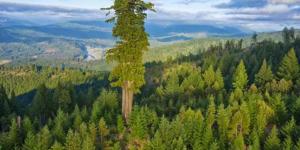
Have you ever imagined a tree towering as high as a 35-story building? These natural giants do exist, although their canopies often reach above the clouds, hidden in remote and hard-to-reach places. While many trees grow to impressive heights, one stands above the rest as the tallest living being on Earth....
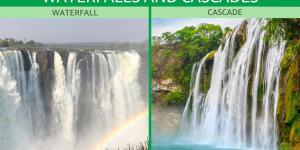
Waterfalls and cascades are very similar natural phenomena that are the result of water falling from a certain height. They are a result of uneven ground disrupting the water course. This uneven ground can be due to many processes which affect the geography of ecosystems such as erosion or even tectonic...

The Bermuda Triangle is a real geographical place, located in the Atlantic Ocean. It is an area surrounding certain delineated points which extend from the island nation of Bermuda to the USA and Puerto Rico. When asking whether the Bermuda Triangle is real, it is most likely due to the mysterious stories...
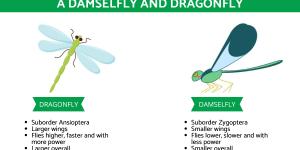
At first glance, damselflies and dragonflies seem to be very similar insects. While both are part of the order Odonata, they have some key differences. Such differences between dragonflies and damselflies can be seen in their wings, flight ability, body type and behaviors. While it may be difficult to distinguish...

The Moon, Earth's only natural satellite, is a fascinating world of its own. Composed of a crust, mantle, and core, it lacks an atmosphere and remains the sole celestial body where humans have set foot. Not only that, but the Moon's influence on Earth is significant and far-reaching, affecting everything...
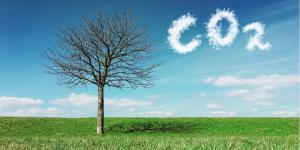
The carbon cycle is a crucial natural process that regulates the amount of carbon dioxide (CO2) in the Earth's atmosphere. It involves the movement of carbon between the atmosphere, oceans, land, and living organisms. Understanding the carbon cycle is essential for comprehending climate change and the interconnectedness...

Dolphins are carnivorous marine mammals. While they mainly feed on cephalopods and fish, some are known to kill other mammals. They can sometimes even kill large animals such as porpoises or even other dolphins, despite not feeding upon them. Many tours offer experiences where you can swim with certain species...
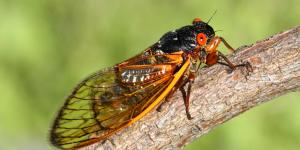
Cicadas make noise primarily for communication between males and females. During mating season, cicada need to alert each other that they are ready for reproduction. They may make this noise by contracting and relaxing muscles in a very rapid manner. While it sounds like clicking or chirruping, this distinctive...

The Earth's atmosphere is the thinnest and outermost layer surrounding our planet. It consists of a blend of gases in varying amounts, essential for sustaining life. In addition to these gases, the atmosphere contains suspended liquid and solid particles, which can come from natural sources or human activities.
Curious...
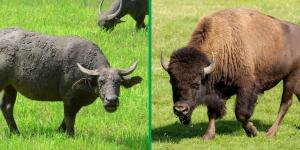
Among the differences between the water buffalo (Bubalus bubalis) and the bison (Bison sp.), greatly different geographic populations and habitat preferences stand out as some of the most significant. Other differences include the length of horn, density of fur and many others. thedailyECO provides a guide...

Mars is the fourth planet from the Sun in our Solar System and is often referred to as the "Red Planet" due to its reddish appearance, which is caused by iron oxide, or rust, on its surface. It's about half the size of Earth and has a thin atmosphere composed mostly of carbon dioxide. As our understanding...
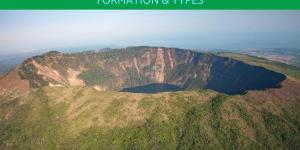
Volcanic calderas are complex geological structures that form after massive volcanic eruptions, leaving an indelible mark on the Earth's landscape. Named after the Spanish word for ‘cauldron’ or ‘boiler’, they are large depressions which can vary greatly in size and other characteristics. They are formed as...

Water is an indispensable part of our lives, from our homes and workplaces to industries and agriculture. Its quality is crucial for both society and the environment. The collective body of water on Earth is known as the hydrosphere, which exists in three states: solid, liquid, and gas.
This article by thedailyECO...

Seawater is salty because of the high concentration of different dissolved salts it contains. Historically, there have been various theories as to the high salinity of water, such as that posed by Edmund Halley in the 18th century. While he was correct that dissolved minerals and salts run off through...
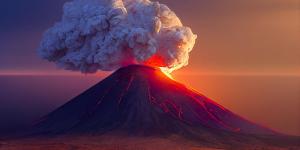
Volcanic winters occur when powerful volcanic eruptions release massive amounts of ash and gases, primarily sulfur dioxide, into the atmosphere. These particles reflect sunlight, causing global cooling. This temporary climate disruption can last for months or even years, affecting weather patterns, agriculture,...
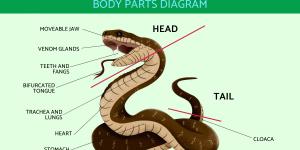
Snake anatomy is unique among reptiles. Most notably, they have a complete lack of limbs and a very elongated body which can be many feet in length. They also have specialized sensory organs, lidless eyes and other features, some of which are not common to all snakes. For example, some snake species...
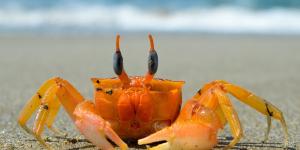
Crabs are invertebrate animals. Despite having a shell which acts as an exoskeleton, they do not have the definitive spinal columns which determine whether an animal is vertebrate or invertebrate. A lack of backbone is common to all crustacean species, not only crabs. While muscles are attached to bones in...

The Earth is a planet of extremes, with temperatures ranging from the icy poles to scorching deserts. While many of us seek relief from the heat, there are places on our planet where the mercury consistently climbs to unimaginable heights. Whether it's the record-breaking surface temperatures of the...
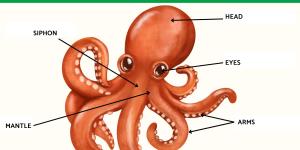
An octopus is a type of mollusk, a category of animals that also includes snails and clams. Despite being taxonomically very similar, they share certain key differences. For example, octopuses don't have shells and snails don't have eight arms. The anatomy of an octopus is very particular. Their head makes...
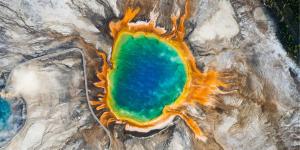
Supervolcanoes are volcanic structures that can produce eruptions of extremely high magnitude. Known as supereruptions, they release more than 1,000 cubic kilometers of volcanic material in a single eruption event. Traditional volcanoes tend to have a localized impact, but supervolcanoes can have significant...

The aurora australis are a natural phenomenon that occurs in the polar regions of the southern hemisphere, similar to the aurora borealis in the northern hemisphere. This phenomenon occurs when charged particles from the solar wind interact with the Earth's magnetic field, generating a display of lights...
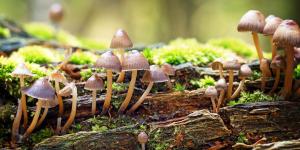
Often overlooked, fungi are remarkable organisms with a significant impact on our planet. From tiny molds to large mushrooms, these diverse life forms play important roles in ecosystems. With their ability to decompose organic matter, form symbiotic relationships, and produce various compounds, fungi...
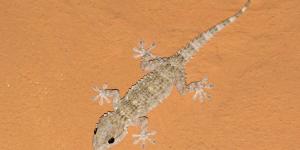
When asking whether geckos are poisonous, they are more likely wondering whether they are venomous. Geckos are a wide-ranging group of reptiles in the infraorder Gekkota. Many reptile species are considered highly venomous, meaning they have the ability to inject toxins into potential prey, usually for...

We may associate pink beaches with the Caribbean, but they are actually located all around the world. However, they do require warm climates, meaning they are generally found in tropical or subtropical regions. These beaches achieve their pink color thanks to the presence of marine organisms such as foraminifera....
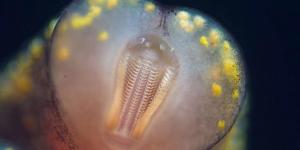
Snails are gastropod mollusks which can be terrestrial or aquatic. The latter can live in both freshwater or marine environments. When we look at the anatomy of a snail, we see their hard shell with which they are associated. Except for the shell, we may also be aware that they are soft and squidgy invertebrates,...
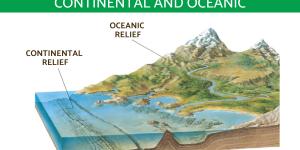
Relief features are the building blocks of our world, shaping landscapes, habitats, and even influencing weather patterns. Mountains act as wind barriers and water sources, while valleys influence drainage and temperatures. Understanding relief is crucial for land-use planning, infrastructure development,...

Our planet is a place of breathtaking beauty, but it also harbors some truly extreme environments. From scorching deserts to isolated islands, these locations challenge the limits of human endurance. This article dives into the heart of Earth's most dangerous places, revealing the beauty and raw power...

Point Nemo, also known as the Pacific Pole of Inaccessibility, stands as one of Earth's most isolated locations. Imagine a place on Earth so remote, no landmass interrupts the horizon for thousands of kilometers in any direction. In fact, its closest human visitors are astronauts aboard the International...
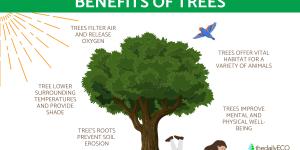
Trees are an omnipresent feature of our planet, shaping landscapes and ecosystems worldwide. But beyond their aesthetic appeal, trees provide a vast array of documented benefits that extend even far beyond the materials they offer. In fact, they play a critical role in air and water quality, soil health,...
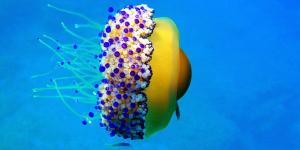
Also known as the Mediterranean jellyfish, the friend egg jellyfish (Cotylorhiza tuberculata) is the medusa stage of a sea jelly which lives mainly in European waters. Its common name is thanks to its distinctive shape and coloring, giving it the appearance of a fried chicken egg. The umbrella or bell...

White sand beaches are composed of light-colored materials such as calcium carbonate and quartz. They provide some of the most beautiful coastal views in the world, often surrounded by crystal clear waters and tropical flora. Although not exclusive to tropical regions such as the Caribbean, white beaches...
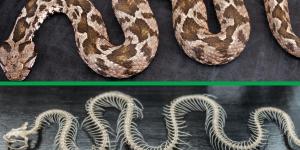
Like worms, snakes move in a sidewinding or reticular motion that allow them to traverse the ground without limbs. Worms are invertebrates which mean they lack a backbone by definition. Despite snakes often appearing like large worms, they are a very different animal. In fact, they are vertebrates because...

Plants, like all living organisms, require a constant supply of energy to function. This energy comes from a cellular process called respiration. Unlike animals that breathe in oxygen through lungs, plants carry out respiration at the cellular level. This process fuels their growth, development, and all their...
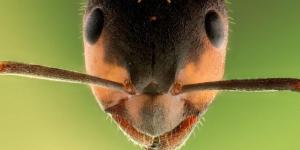
Everywhere you look, from bustling city sidewalks to the deepest jungles, ants crawl and conquer. These ubiquitous social insects have carved a niche in nearly every ecosystem on Earth. But beneath their seemingly familiar exterior lies a surprising truth: ants don't see the world in the same way we do....
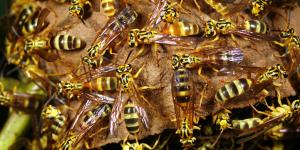
Wasps are a diverse group of insects, often overshadowed by their more celebrated cousin, the honeybee. However, these fascinating creatures are ecological powerhouses, playing crucial roles in both natural ecosystems and even benefiting some human activities. While their stings and territorial behavior...

Bats are very diverse in terms of physical characteristics and behaviors. For example, some eat fruit, others famously eat blood. Size is a great differentiator in types of bat species. The largest bat in the world can be up to 5.6 ft long, while the smallest is under 6 inches. Although many people...

The Northern Lights, also known as the Aurora Borealis, are light natural phenomena. They appear as ribbons, streaks, spirals, or flowing curtains of light, most commonly in shades of green, but also red, purple, and white. These light displays, often seen in polar regions, are not only visually stunning but...

Black sand beaches get their unique color from the erosion of volcanic rocks and minerals. In some cases, black sand beaches might also contain dark-colored minerals like black sand garnet or even eroded bits of dark-colored glass formed during volcanic eruptions. These eroded volcanic materials accumulate...

World Otter Day takes place on Wednesday, 29th May 2024. This date has been celebrated since 2014 and arose as an initiative of the International Otter Survival Fund. The aim of this international day of otters is to raise awareness about otters in general, but also to help ensure their conservation. Sensitizing...
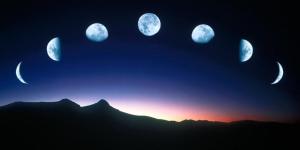
For millennia, humans have looked up at the Moon with fascination. This celestial orb has inspired countless myths, guided travelers across vast distances, and even influenced our calendars. But beyond its cultural significance, the Moon plays a surprisingly crucial role in shaping life on Earth. In...
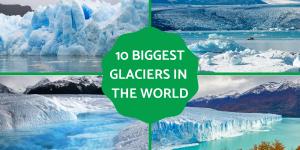
For ice to become a glacier, it needs to be so large and dense that it moves under its own weight. The formation of glaciers takes years, sometimes several centuries. They are made of snow that has accumulated and compacted into ice over these very long periods. Their movement helps to form landscapes all over...

Turtles, also known as testudines, are reptiles instantly recognizable by their unique protective shells. Over 350 species roam the Earth, making them a diverse and widespread group. These incredible creatures can be found on most continents (excluding Antarctica), inhabiting a variety of environments – both...
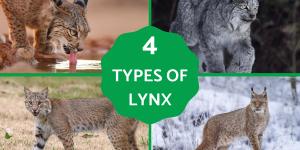
Lynxes are a type of large cat which collectively make up the genus Lynx. While not as big as some other wild felids, they are important carnivorous animals in their ecosystem which help to regulate the food web due to their status as apex predators. Each of the members of the genus have various similarities,...
